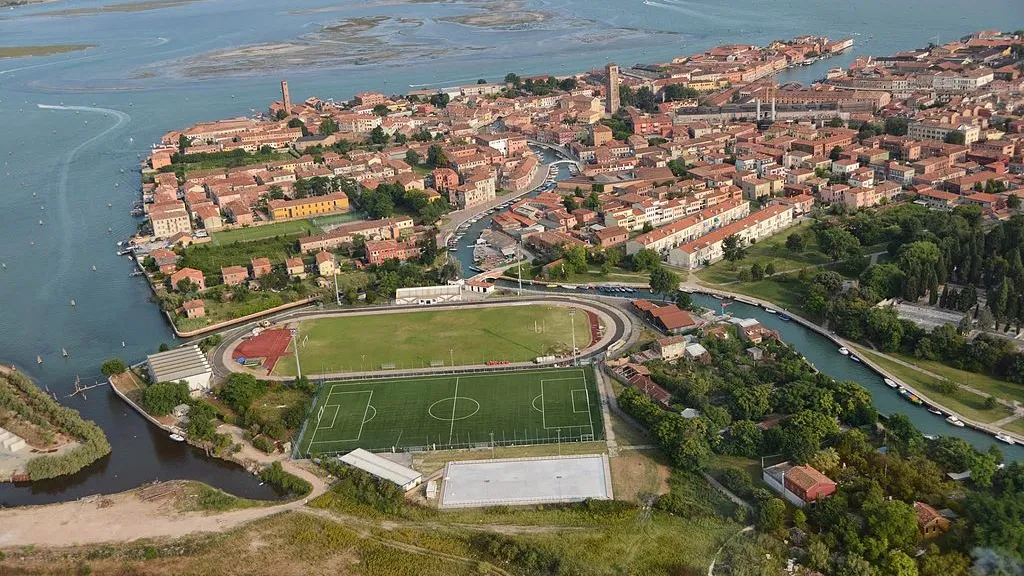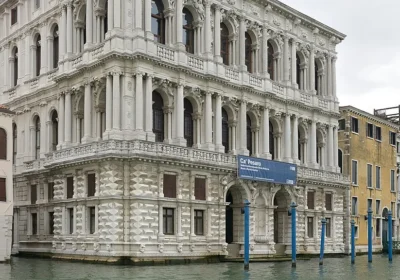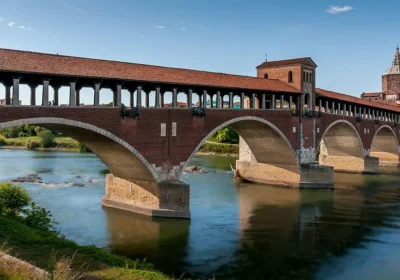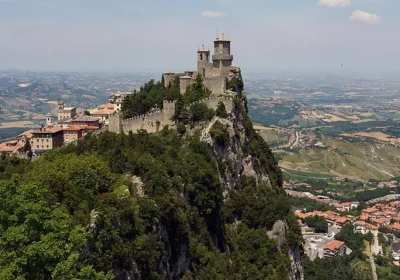Murano Island of the Glassblowers. In 1291, the city council of Venice decided to move the glass-making workshops to the island of Murano to keep the secrets of the masters from competitors and to get rid of fires that could be caused by hot furnaces and masters’ pits. Glassblowers were given unheard of privileges, but were deprived of the right to leave. Each workshop has its own blowing secrets. These secrets are passed on exclusively by inheritance, because there is no official school of glassblowers. It is practically impossible to get an apprenticeship to a Murano master, as a rule it is a family craft of locals. An apprentice glassblower must work for at least 15 years before he can be respectfully called “maestro” and make jewelry. Looking at the marvelous examples of glassblowing art it is impossible to imagine the word “glass”. After all, any “glass” that comes out of the furnace of Murano workshops is immediately perceived as a jewel.
The magical island of Burano is famous for its handmade lace, but also for its characteristic feature, where, unlike Venice and Murano Island, each house is painted in a different color.
The island of St. Michael owes its name to a 10th century church named after the Archangel Michael. In 1212 three monks of the Camaldolesi order founded a monastery here. And only since 1837 the cemetery was opened here, where such famous compatriots as Sergei Diaghilev, Igor Stravinsky and Joseph Brodsky found their rest.
San Lazzaro degli Armeni (Italian: San Lazzaro degli Armeni) is one of the main world centers of Armenian culture. Manuk di Pietro (Mkhitar) was the first abbot of the monastery. Since XII century on the island was a quarantine station, and later – Venetian leprosarium of St. Lazarus – the patron saint of lepers, which gave the name of the island. Since the XVI century the island was abandoned by people. In 1717, the Armenian Catholic monk Manuk di Pietro (Mkhitar of Sebastia) arrived here, having fled earlier with a group of followers from Morea (Turkey), which had become the scene of a military confrontation between Venice and the Ottoman Empire, and placed himself under the protection of the Pope. The Venetian rulers granted him the island of San Lazzaro, where he founded the Mekhitarist religious order and the Armenian Catholic community. The island was beautified, its area increased almost four times to 3 hectares, parks and gardens were laid out on it. Monks led by Mkhitar built a monastery on the island, restored the previously built church of the XIV century, a library (over 150 thousand volumes) and turned the island into a center of Orientalist studies. The island is famous for its hospitality, for example, in 1816 the writer Lord Boyron visited the monks and studied the Armenian language here. He described the charm of the jam made by the monks from rose petals, which can be bought from the monks even nowadays. Nowadays, the monks conduct tours on the island, during which visitors are introduced to a large collection of oriental antiquities, including a fully preserved Egyptian mummy.
There are more than 4 thousand Armenian manuscripts in the museum and several paintings by Aivazovsky donated to the monastery. A printing house worked in the monastery for more than 200 years (closed in 1991).





